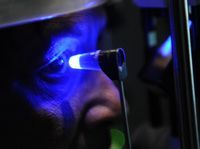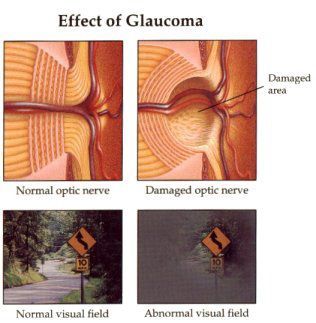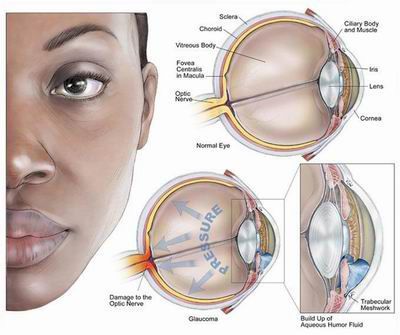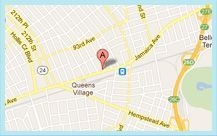HAVE YOU BEEN CHECKED FOR GLAUCOMA?
What is Glaucoma? Glaucoma is a disease of the eye characterized by three components:
1) Damage and loss of the retinal ganglions cells and optic nerve described as cupping
2) Loss of visual field
3) Usually increased eye pressure (pressure may be normal at times)

Glaucoma is a leading cause of blindness in the world today. There are over three million people with glaucoma in the United States today and over 1 million do not even know it. There are over 80,000 people that go blind from glaucoma every year. It is the leading cause of preventable blindness in African-Americans and people from the Caribbean.
People at risk for glaucoma include the elderly, blacks, and people with elevated eye pressure primary relatives with glaucoma, persons with high myopia, high hyperopia, history of eye trauma, and diabetes.

Blindness from glaucoma is insidious. In most cases, there is no pain, and the loss of vision occurs slowly from peripheral to central. The central reading vision is not affected until the end thus most people do not realize it until they have lost a substantial amount of their peripheral vision. In low or normal pressure glaucoma the central vision may be affected first.

There are many different types of glaucoma. The most common one is open angle glaucoma where the drainage angle appears open but there is functional obstruction of the outflow pathway. Another less common type is angle-closure glaucoma. Here there is a mechanical obstruction of the outflow pathway by the iris (the part of eye that gives it its blue, brown, or green color). Most glaucoma’s are treated with eye drops that help to lower the intraocular pressure. Laser treatment can be successful in some patients with open angle glaucoma. Laser is the initial treatment in angle closure glaucoma. Surgical treatment is used in more difficult cases.
All people should be screened regularly for glaucoma as part of a medical eye exam. Screening should consist of an eye examination consisting of gonioscopy (examination of the drainage angle), intraocular pressure measurement with goldmann applanation tonometry (this is much more accurate than the air puff mechanism), and is dilated optic nerve examination. If there appears to be any damage to the optic nerve or abnormal pressure, then a visual field test should be performed and optic nerve photos taken. Persons with a family history of glaucoma, older than 40 years of age, myopia, hyperopia, and diabetes, should be screened regularly every year. Persons with thin corneas should be more aggressively monitored and treated for glaucoma as the disease tends to be worse in these patients.
We do not have a cure for glaucoma at this time. Once the vision is lost, we cannot bring it back. However we do have excellent treatments today that can stop both early and late visual field loss. Many recent studies have shown that lowering of intraocular pressure with eyedrops, laser, and or surgery help to prevent and delay the development and progression of glaucoma in patients with high eye pressure.

If you have eye pressure or glaucoma and feel that you may be losing vision, I recommend you seek the care of a glaucoma specialist for a second opinion. DON’T GO BLIND FROM GLAUCOMA!

Contact Us





